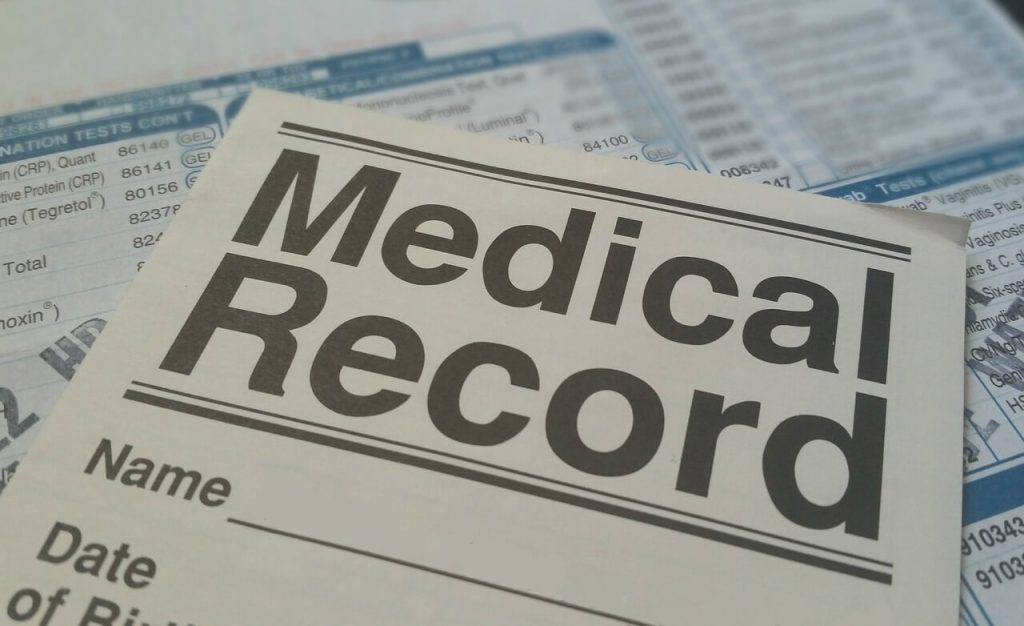I Spent 5 Years as an Optometrist Running an Optical Clinic, Here’s Why I Believe Paper Records Are NOT Enough
If you’re running an optical clinic, odds are you’re relying on paper records to keep track of your patients.
Been there, done that. I spent 5 Years as an optometrist running my own optical clinic relying on PAPERS.
Just imagine the load—10 or more patients per day and the overall optical clinic management. So in a month? Well, you can do the math.😉
But did you know that paper records aren’t enough?
In this blog post, we’ll tell you why handwritten records aren’t enough and what you can do to make sure your clinic is running smoothly.
Read more to find out.
How are optical clinics typically managed?
Most optical clinics are managed by optometrists trained to provide vision care and prescribe eyeglasses or contact lenses. Along with managing the clinic, optometrists also see patients for eye exams and vision screenings. We are also involved in providing education about eye health and helping to prevent vision problems.
I believe that the majority will agree with me here—these clinics are typically run using paper records. And this arrangement requires that the optometrist keep track of all the patient files and clinic supplies since they’re typically kept on-site.
But did you know hospital records on paper are most likely to be breached? Yes, and The American Journal of Managed Care published a study that supported this finding.
What are paper records?
Paper records are, obviously, records that are made on paper. It can be anything from handwritten notes to printed documents. Just what they sound like—physical, paper charts may contain a patient’s information like their medical history and any notes about their visits.
Compared to electronic records, they’re much easier to transport and keep (but we’re not talking about them being kept in an organized way). They can also be read without the need for electricity, which can be important in emergency situations.
But, admit it or not, paper records have a number of issues. And they’re more than one. 😳
What are the limitations of having paper records?
While paper-based records have been used in healthcare for centuries, they have a couple of limitations.
Let me list some:
- They’re susceptible to being lost and damaged.
Unfortunately, they’re easy to be misplaced, accidentally thrown away, or destroyed by fire or water. If a natural disaster wrecks a building, any paper records stored there will be lost as well.
- They can be prone to deteriorate over time.
Paper records’ information may be difficult to read. Why? Because paper is an organic material and will degrade over time. This means that even if a document is stored properly, it may become illegible after a few years.
- They take up a lot of space when being stored.
Storing documents in filing cabinets takes up a lot of room, and it can be expensive to rent additional storage space just to keep your papers safe.
Look at the numbers below.
- It costs about $20.00 per document to file a document.
- Maintaining every 12 filing cabinets requires an extra employee.
- Firms lose $125 per misfiled document
- They can be easily stolen or tampered with.
This is especially problematic for organizations that keep sensitive information on files, such as medical records or financial statements. If these records were to fall into the wrong hands, it could have devastating consequences.
- They’re static.
Meaning, they can’t be easily updated or shared with other providers. This can lead to inaccuracies and inconsistencies in the record-keeping process, and it can make it difficult for providers to collaborate with each other. Worse, it can expose users to errors and duplication of services
- They can be accessed by unauthorized individuals.
If papers are left out in the open, anyone can read them. Even if they’re placed in a drawer or filing cabinet, they can be easily stolen. And once they’re out of our control, we don’t know who has access.
Why is there a need to change from paper records to electronic records?
Okay, let’s do a quick (and honest) recap.
Traditionally, the records of an optical clinic are anything related to the management that is printed on paper, such as patient charts, memos, and correspondence. But unfortunately, records like this have a lot of drawbacks.
Then came electronic medical records (EMRs). Nowadays, most practices have gone digital and use EMRs—although some older clinics still use paper records exclusively or in addition to electronic ones.
Here are some advantages of going digital over clinic records.
- It’s much easier to keep track of everything when it’s all stored electronically. You can easily search for specific patients or appointments, and you never have to worry about losing important paperwork.
- Going digital helps to protect your patient’s privacy. When all of your records are stored electronically, it’s much more difficult for unauthorized people to access them. Electronic records are much easier to protect. They can be password-protected, encrypted, and backed up in multiple locations.
- Digital record keeping is simply more efficient than keeping paper records. You can quickly and easily share information with other members of your team, and you don’t have to waste time filing and organizing papers.
In short, there are many good reasons to ditch paper and go digital in your optical clinic.🧐
Further reading: Why Your Optical Business Should Switch to Software as a Service
Now let me introduce you to affordable and easy-to-use software for web-based optical clinic management called Mobcly. With the latest technology, we have created a secure solution for optometrists to manage their optical clinic from anywhere.
For a comprehensive look at Mobcly features, kindly visit our website.
Switch to EMR now
Records are essential to any optical clinic. They provide a way to manage appointments, keep track of medical history, and ensure that the correct eyewear (glasses or contact lenses) is prescribed. And paper records are the old norm—having several limitations.
This is why many clinics are now moving to electronic records, which have the potential to overcome these limitations. I’ll cite three.
- Electronic records can be easily backed up and accessed from anywhere.
- They can also be searched through and organized more easily than paper records.
- And they’re often less expensive to maintain than paper records.
Still unsure of switching?
We encourage you to join the community of optometrists embracing digital transformations. Sign up today and let us see help you become more visible online and increase sales.


